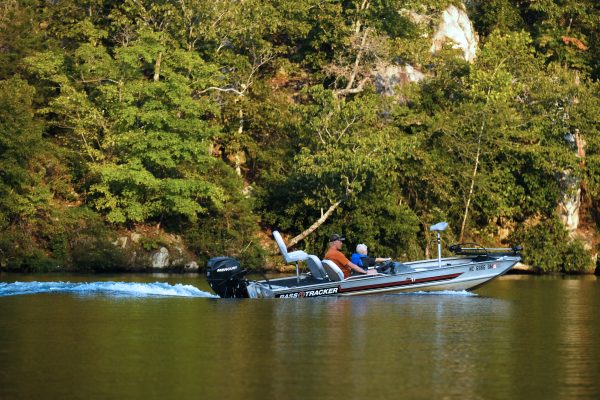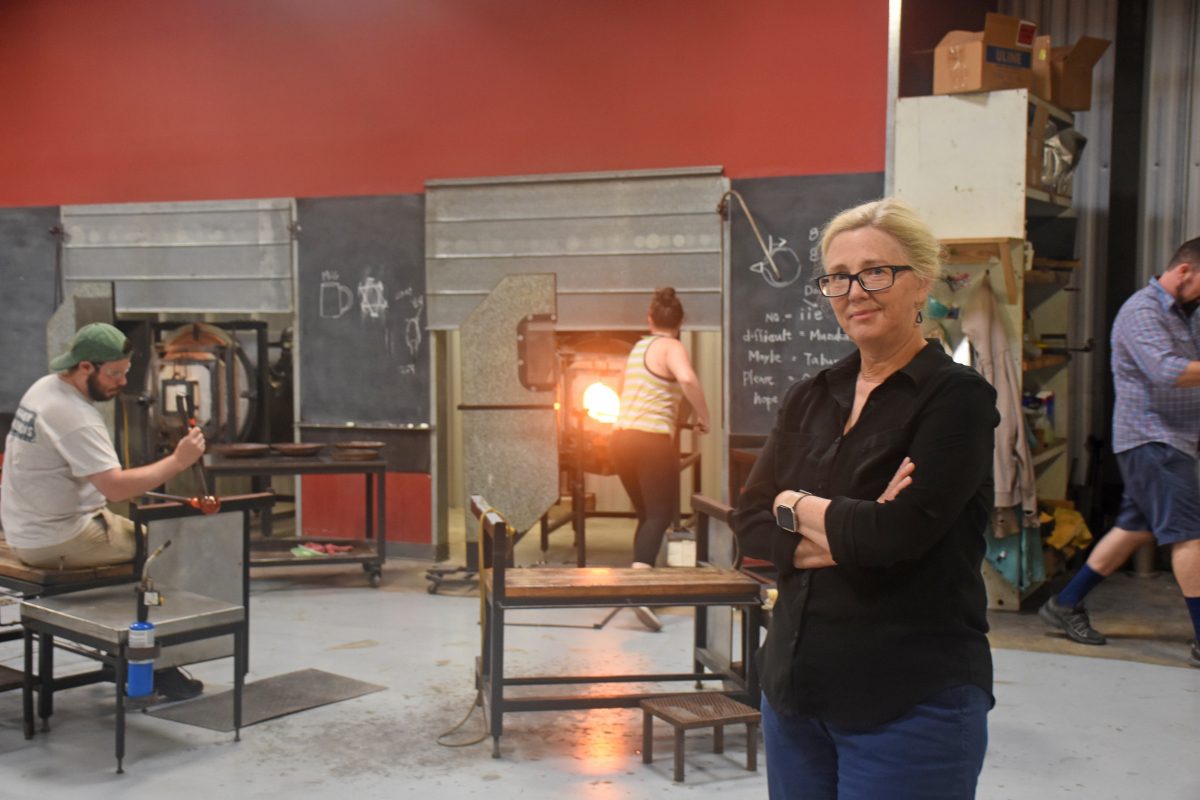Recreation as economic development: Lessons from two approaches

Rural communities around Charlotte are looking for new economic engines. Urban residents are looking for more outdoor recreation. That provides an opportunity for communities around Charlotte to use their public lands and waterways to fuel growth.
And two areas in the region that were ahead of the curve offer lessons for other communities trying to tap this potential source of growth.
Their efforts began in the mid-1990s, a dynamic period of growth for the Charlotte region. The city’s population grew at its fastest rate since the 1950s, passing the half million mark. The completion of the Cesar Pelli-designed Bank of America corporate center in 1992 — with its iconic crown — transformed the Charlotte skyline, boldly proclaiming the city’s new-found status as a national financial center. And the NFL’s Carolina Panthers joined the NBA Charlotte Hornets in firmly establishing Charlotte as a major league sports town.
The Carolinas Urban-Rural ConnectionA special project from the UNC Charlotte Urban Institute |
|---|
Sixty miles outside of Charlotte, in two separate locations, conversations were also beginning about the unrealized tourism potential of the region’s handful of state and federally-owned lands, and what that could mean for communities overly dependent on a declining manufacturing base.
[Read more: In a changing landscape, who are the Uwharries for?]
To the east, a group of business, political and conservation leaders from communities surrounding the Uwharrie National Forest, Morrow Mountain State Park and the Pee Dee National Wildlife Refuge began meeting under the auspices of the N.C. Division of Community Assistance, the planning arm of the N.C. Department of Commerce. Their aim: explore ways to capitalize on the concentration of public lands around a chain of man-made lakes along the Yadkin-Pee Dee River, and market those assets to a growing population in Charlotte and along Interstate 85.
It’s what geographers refer to as the “Piedmont Urban Crescent,” stretching from Charlotte through Greensboro to the Research Triangle. That initiative would eventually evolve into a regional non-profit organization called Central Park NC, promoting the area as a nature-based recreation destination in the center of the state’s most populous region.
Meanwhile, to the northwest of Charlotte near Morganton in Burke County, several less- known state parks were also receiving more attention. In 1995, the Foothills Conservancy was formed to help protect 18,000 acres of land adjacent to South Mountains State Park, drawing more attention to the rugged area after years of living in the shadow of the Blue Ridge Mountains and nearby Pisgah National Forest.
And up the road, a new state park had been established in 1987 on the banks of Lake James, one of Duke Energy’s hydroelectric projects on the Catawba River. By 2016, Lake James State Park had grown to over 3,700 acres, with nearly 500,000 visitors annually, and local leaders were beginning to take notice of the outdoor recreation industry in ways that it hadn’t before.
Here, we take a look at the experiences of both initiatives and how they might inform the efforts of other communities in the Carolinas Urban-Rural Connection region that are interested in tapping into the outdoor recreation industry.

